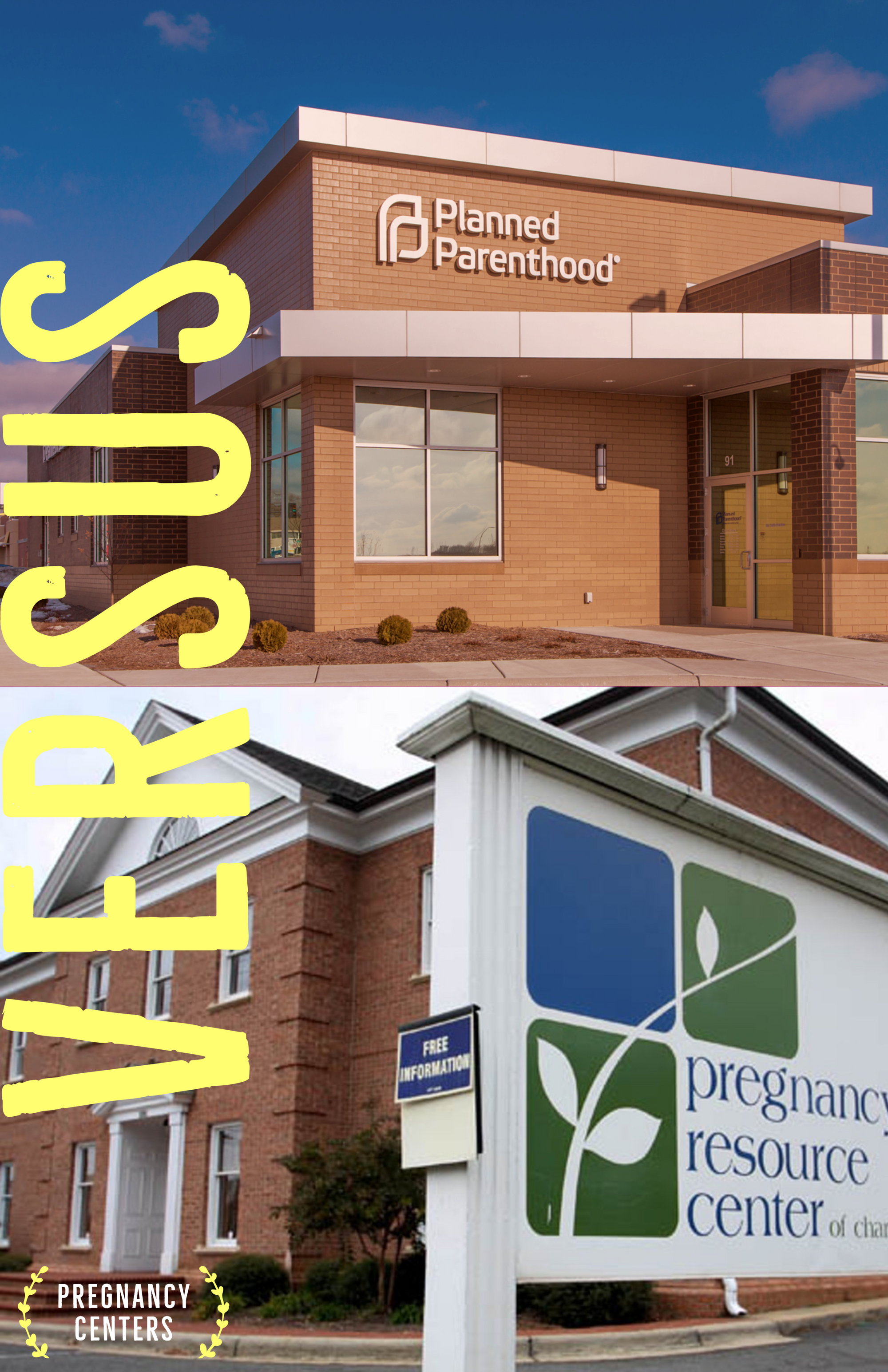At SEM, we’ve always tried our best to understand the biases of the world and try to not let that affect our decisions as a company. Biases are almost always emotionally charged, and there are a lot of things that play to the emotions we feel. One of the biggest emotional topics that has been centered in our country and throughout the world over the last few decades, has been the issue of abortion. It was brought back to the forefront a few weeks ago, in what appears to be the most monumental series of events in the Supreme Court since the initial passing of Roe vs. Wade in the 1970s – the draft of a potential decision of an overturn of that ruling by the current Court, brought to us by a leaked document (not an actual ruling).

With such an emotional topic and response among everyone to the events that have transpired since the leak was brought to our attention, it seems important to try and discuss what will and will not happen in the future (as matter-of-fact as possible). I am just a person who has his own biases just like the rest of us, but I will try my best to cover this as best and as fair as I can.
Leaked information
First off, I have had a lot of people talking about the ramifications of a leak within our highest court. I simply think that this is a sign of our current times – where news is brought to us as quickly as it possibly can, by any means necessary. All it takes is one person to leak it, which is potentially scary for security purposes. Whether or not you think the leak is a breech or is justified for this monumental decision, it is something that we now have to deal with and will hopefully not have to worry about in the future.
As far as the leak is concerned, the document was from February. A lot has happened since February. While the initial decision stated in the draft, written from the opinion of one of the conservative justices who is in favor of overturning, shows that Roe vs. Wade will get overturned, there is still the possibility of a switch. Since the initial decision came down to a 5-4 vote, it means only a single justice in the affirmative would need to have a change of opinion. We also need to keep in mind that the draft that was leaked was just a DRAFT. While people would look at our current political landscape and understand that people aren’t so quick to change opinions and aren’t expecting any of the justices to do so, we have to look at that possibility. There is going to be a lot of pressure put on the current justices. While their job isn’t to listen to the loudest among us, it can ultimately play a part in what abortion rights there are in this country.
What if...?

Should the decision be reached and finalized, what would that mean? There is a lot that can happen using virtually every political maneuver available. The President appears to be ready to sign any pro-abortion legislation that would land on his desk, so it would ultimately be up to the democratically-controlled House and Senate to pass that legislature.
Those who are worried about another judicial strike down may have a misunderstanding about the Court’s decision on Roe vs. Wade. It is not about the issue of abortion but instead the issue with the decision itself, and how it applies to the Constitution. While the Supreme Court is called “conservative,” they are put in this Court to not give their political opinion but to uphold the Constitution, which has abortion written in it 0 times. To uphold any abortion legislation that comes their way is not a failure of the court system in this country.
[To put it it simply, the only thing we can know for sure is, if Roe vs. Wade is overturned, there can be a lot of changes federally. However, unless anything happens in Washington (which would likely have to come from an end of the filibuster in the Senate, and so far has had no traction and those Democrats who have felt the pressure to change their minds), Kirsten Sinema of Arizona and Joe Manchin of West Virginia are unaffected by this year’s midterms, all of the decisions for abortion would come from the state level. ]
Let me be clear on this, the end of Roe vs. Wade does not mean the end of abortions. This is where things tend to get misleading, because we don’t really have a good understanding about how our states are governed. It also hasn’t helped matters seeing a lot of charts which appear to show the end of Roe vs. Wade, meaning the end of their ability to get an abortion in those states. In fact, if you live on the coasts, your lives will not change whatsoever with the repeal to Roe vs. Wade because your own state has laws protecting abortion rights or your own state’s courts have given you those protections.
It’s the easiest it’s ever been for misinformation to spread – thanks to the entrenchment of social media in our society. This color-coded state map was passed around Twitter and can be found on NBC News’ website.

If you see this and are pro-abortion rights, the Court decision seems like a REALLY big deal. Virtually half of the states (according to this map) would have banned abortions with the repeal of Roe vs. Wade, and another 9 would have “restrictions,” or not be protected under any state law. Of course, this state map is very misleading. Those who have been passing it around probably have their own feelings that they felt upon seeing this and wanted to take action. That is probably what the publisher of the map would want people to do, which is the Center of Reproductive Rights. However, a “ban” isn’t really used correctly here because no states have a complete ban on abortion. This map says Arizona, my home state, has a ban on abortion. It should really be in the “restricted” category because the state of Arizona recently passed a 15-week abortion ban.
Most of those dark red states are in a similar situation to Arizona. There are no state laws that would BAN abortion, but simply limit the timeframe that you’d be able to get an abortion. This map is probably more useful as it goes over how the laws would realistically affect those of us living in our states.

For example, most of the states either have 20-week abortion bans or bans after viability (varies on state but is around 22-26 weeks.) That creates a different topic of misunderstanding about what Roe vs. Wade actually did, because it protected abortions up to 20 weeks. These of course are only the current laws in place; states can make new laws assuming Roe vs. Wade does get overturned. Unless there is action taken by our federal government or by your own state governments, most of us will not have any impact by this decision.
There will always be things to catch our attention. There will always be stories that cause us to feel emotional. There's nothing wrong with being emotional; however, it's important to remain as calm as possible and do you best to look at the bigger picture. Regardless of what happens with our Supreme Court, Congress, President or our states, we will still be here for the next crisis. Hopefully when that crisis comes, which it will, we will be able to handle it in an effective manner.
Just like there's a misunderstanding on the Roe vs. Wade decision, there's some misunderstanding on the differences between Planned Parenthood and pregnancy centers (ex. what they offer, etc.)
Planned Parenthood vs. Pregnancy Centers

With the talk of abortion, it's important to also talk about the resources available for women with an unplanned pregnancy. Just like with the above section, the goal here is to just provide the information as unbiased as possible. Planned Parenthood is well-known throughout the United States for providing abortions, but what all do they provide? What's the difference between Planned Parenthood and Pregnancy Centers? Below are the services each provide.
Planned Parenthood
- Abortions
- Pregnancy testing
- STD testing and treatment
- Birth control options
- General healthcare
- Men's and Women's health services
- HIV services
- Transgender hormone therapy
- Patient education
Pregnancy Centers
Other possible names: Crisis Pregnancy Centers (CPC), Pregnancy Resource Centers, Pregnancy Help Centers.
There are licensed and non-licensed centers. Non-licensed centers cannot provide medical services such as testing, ultrasounds, etc. These centers are able to provide support (such as counseling) and supplies (such as diapers). Here are the available services at licensed pregnancy centers (can vary by location):
- Free pregnancy testing and limited ultrasounds
- STD testing
- Post-abortion care (support groups)
- Free classes for men and women becoming parents
- Provide essentials for infants like diapers, bottles, etc.
- Resources/information on pregnancy options (to help make informed decisions)*
- Adoption services information if you decide on adoption
*Pregnancy centers won't advocate for abortion, but they will provide facts and information on it.
Just like with any important decision, you have to be cautious when researching information on your options as some sites might be biased towards one thing over the other (Planned Parenthood's website specifically bashes pregnancy centers and has a lot of information on abortion). There also isn't a lot of information on abortion risks on Planned Parenthood's website. Here's a list of some of the possible risks to abortion. Just like with any medical procedure, there are going to be risks involved. No one has to go through an unplanned pregnancy alone, there are people at these places that are there to help and support you through the decision making process.





